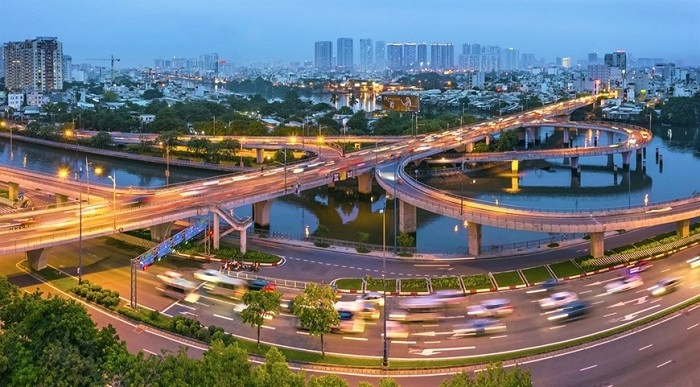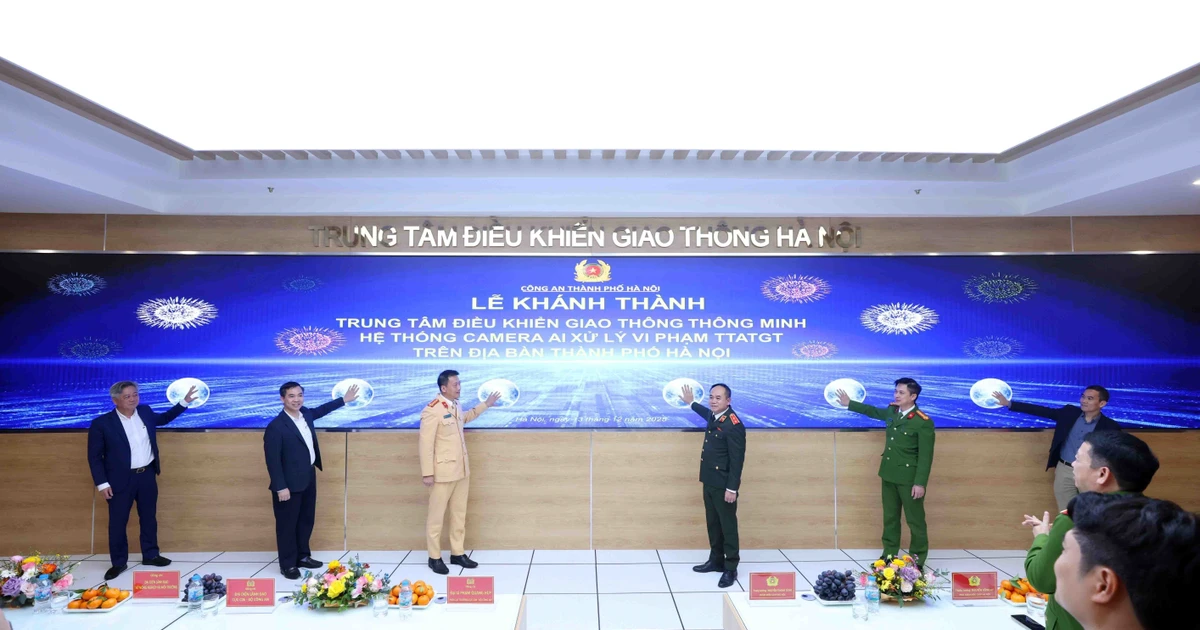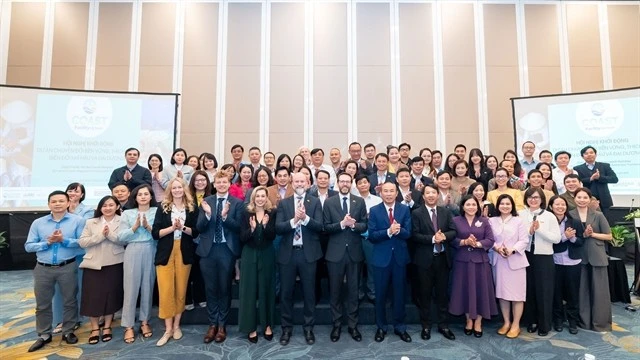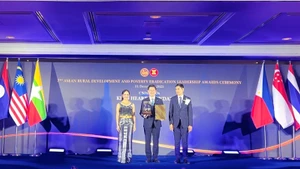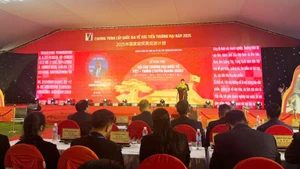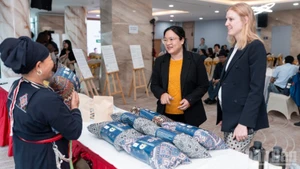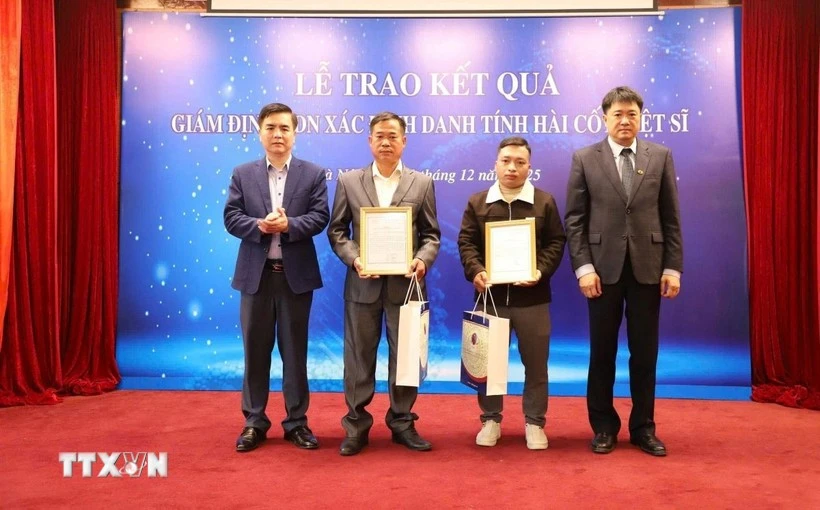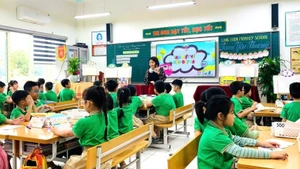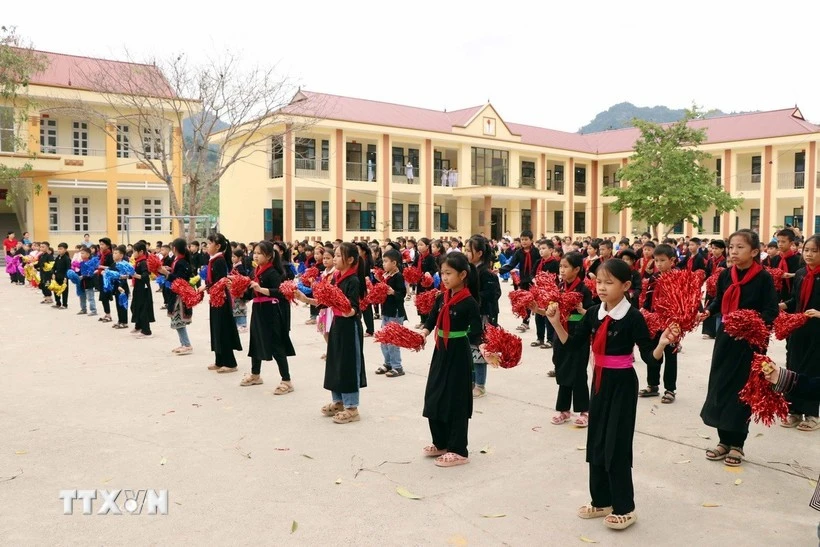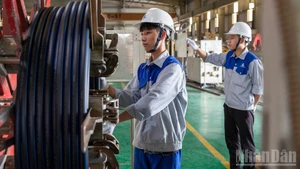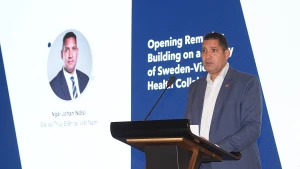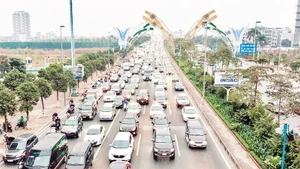According to an MPI report, the growth rate of the Northern region since the beginning of this year, including the midland, mountainous and Red River delta regions, is estimated at 7.67%, higher than the national average (5.64%).
Industrial production in several provinces in the region saw high growth rates such as Hai Phong (26.3%) and Vinh Phuc (15.23%).
The positive results were attributed to the localities’ active actions to develop the inter-regional transport system, construct new highways, and upgrade transport infrastructure. At the same time, the localities have effectively integrated tourism development with economic development at border gates, which also helps to facilitate their import and export activities.
The Central region and the Central Highlands region also recorded high growth rates of 6.4% and 7.21%, respectively. In 2021, localities in two regions have boosted regional cooperation in preventing and controlling COVID-19 while conducting research and environmental protection activities.
They have also worked together to put forward new mechanisms and policies to promote the advantages of each locality in order to attract further investment and boost tourism services and local cultural value.
Meanwhile, the gross regional domestic product (GRDP) of the Southeast region and the Mekong River Delta region saw lower growth rates, at 4.58% and 4.5%, respectively, due to the consequences of COVID-19.
The prolonged social distancing period has caused a lot of difficulties for all economic activities and people's lives while imposing negative impacts on production and business activities and agricultural development, thus slowing down the economic growth in the regions.
In that context of the uneven development among regions, regional linkage plays a more important role in stimulating economic recovery. Minister of Planning and Investment Nguyen Chi Dung stressed the role of regional linkage and regional planning in promoting the available potentials and advantages of the localities.
In the socio-economic development plan for 2022 and the 2021-2025 period, public investment will continue to play the role as a driving force for growth, facilitate the implementation of national target programmes and important projects, and improve national competitiveness.
Therefore, localities should speed up renovation and reform to promote socio-economic development and speed up disbursement of public investment in the context of the COVID-19 pandemic while accelerating the process of provincial planning to lay the foundation for the implementation of investment projects.
Localities should pay attention to analysing the situation and the ‘new normal’ context, clarifying difficulties and problems in order to promptly build their own post-pandemic economic recovery programmes to ensure the plans can be implemented immediately after the pandemic is put under control.
